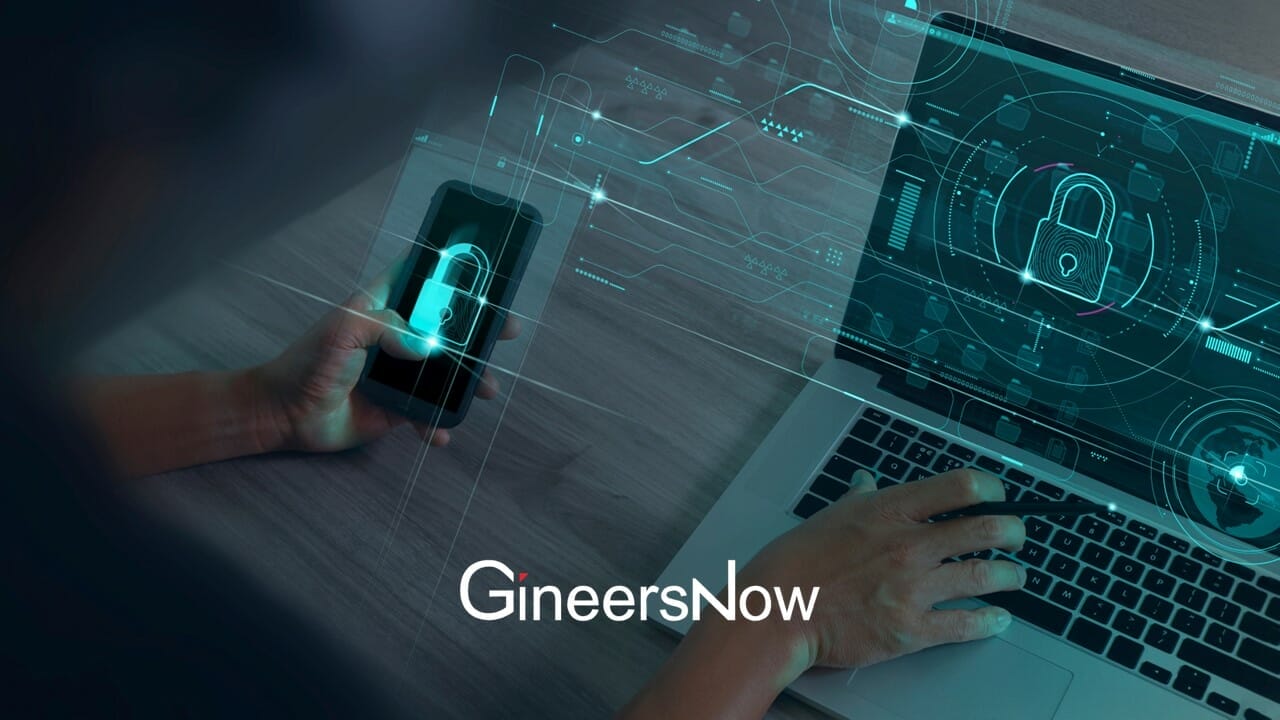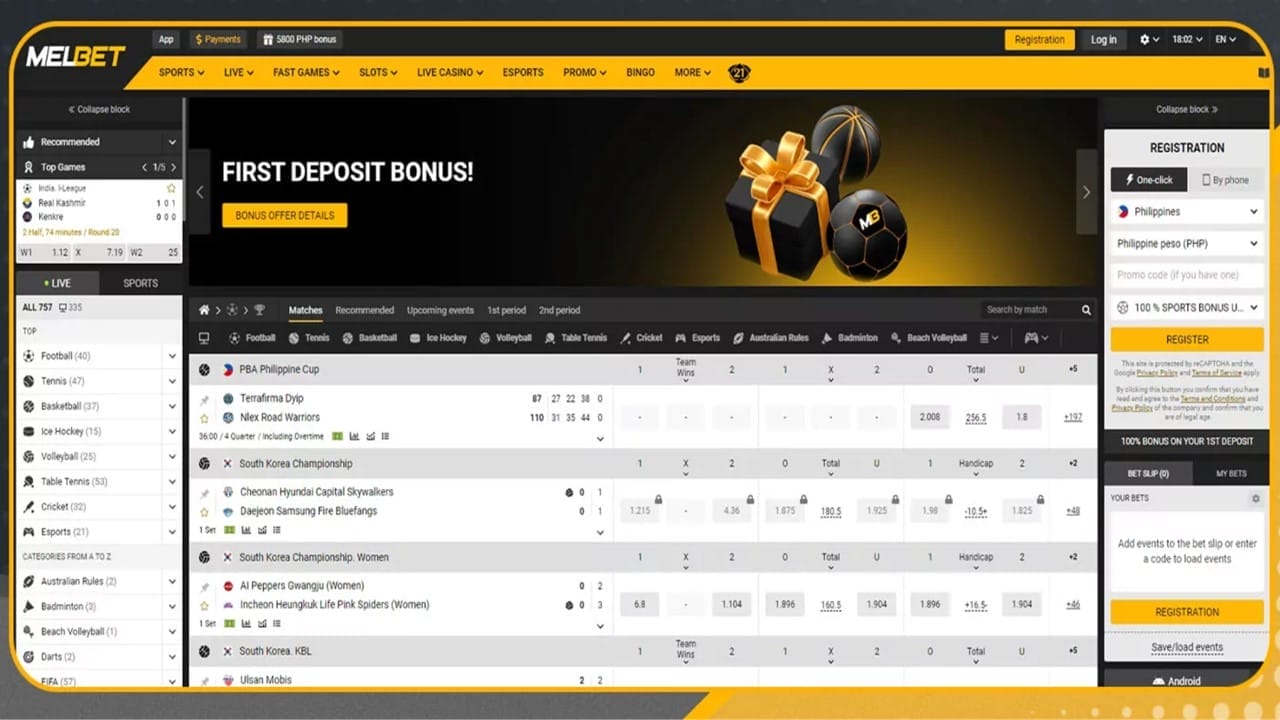Ransomware protection is among the most critical issues that IT professionals across the world are concerned about. Ransomware attacks keep rising in sophistication and frequency. These attacks cause headaches for businesses due to their ability to damage business reputations and cause financial losses. When launched successfully, ransomware attacks can push your company into legal problems or cause it to wind up. As such, maintaining data security and safety while ensuring that it remains accessible to your team whenever they need it is a big issue. This is where the idea of immutable backups comes in handy.
Defining Immutable Backup
An immutable backup can be defined as a type of data protection that keeps deletion, alteration, or modification from occurring in data that has been backed up for a set period of time. This form of backup ensures that even in situations where a data breach occurs due to ransomware attacks, the immutable backup can be restored fast and effectively. This keeps companies from experiencing data loss and paying ransom demands.
Immutable backup is realized through the use of cryptographic techniques, backup solutions that are designed with immutable features, and the application of write-once-read-many storage technology. It is guided by the principle of building trust between Backup immutable processes and the data that’s backed up.
Immutable Backups versus Ransomware
If you have critical business data like customer details and financial records stored in the cloud, cybercriminals may attempt to breach those records. If you have immutable capabilities, any attempts to infiltrate your records by cybercriminals using ransomware attacks can be thwarted successfully.
Although criminals may access your storage area in the cloud, their attempts to encrypt your files would be impossible because the backup storage settings don’t allow for modification, deletion, or alteration of the files. This renders the encryption efforts ineffective. The same cannot be said where immutable backups are not used. In such a situation, cybercriminals would encrypt your files and demand a ransom to decrypt them.

Encryption of Immutable Backups
From a data protection perspective, encryption and immutable backups are two different concepts. Although they are often used together to boost data protection, they have no inherent linkage. Immutable backups can remain Intacct, with or without encryption. However, businesses can combine encryption with immutable backups to boost their data protection levels. In such cases, data is encrypted first before it’s stored in the form of an immutable backup. Doing this offers two key benefits, data integrity and data confidentiality.
With immutable backups, the data becomes and remains tamper-proof and unaltered. This protects it against accidental modification and ransomware attacks. Encryption also keeps unauthorized access to backed-up data. This works well because individuals who don’t have decryption keys cannot decipher backed-up data. As a general rule, immutable backups don’t always have encryptions. Application of encryption alongside immutability improves data protection, enabling businesses to boost their overall security.
How to Protect Data Backups from Ransomware
Keeping your data away from ransomware threats requires businesses to take a multi-layered approach, combining proactive and preventive strategies. Below, here are practical ways to boost data resilience against common ransomware attacks:
- Utilize Immutable Backups
Immutable backups use advanced techniques to offer you high levels of ransomware protection. These backups keep your data from being deleted or changed for a set period of time. If cybercriminals access your backups they can’t encrypt or change the files. This means that your data backups remain uncorrupted and available for recovery at any time.
- Frequent Data Backups
Backing up your data frequently and on a regular basis in immutable backups is critical to preventing data loss in case of ransomware attacks. To ensure this happens, consider preparing a data backup schedule that allows you to define suitable intervals for implementing backups and defining data rate changes. For critical data, frequent backups are recommended in order to minimize the data loss window.
- Limiting Backup Access
An important step towards protecting backups from ransomware attacks is to limit access. Access restrictions to backed-up data keeps ransomware attacks from reaching important assets. Ideally, access to a company’s backup infrastructure should be a preserve of authorized personnel. This access should be reviewed and updated on a regular basis, depending on the work responsibilities that authorized staff hold. In addition, access should leverage data security measures like multi-factor authentications to provide additional layers of security to data backup systems.
- Diversify Data Backup Storage
Another way to protect your data from ransomware attacks is to store your backups in different geographic locations. Adopting a geo-diverse approach to data backing also boosts your data resilience. This means if an attack is directed at one location, backups in other areas support your recovery plans. This ensures that you have your data available within the shortest time possible.
- Test Data Recovery Plan
Developing a data recovery plan is not sufficient to protect your backups from ransomware attacks, you need to test it regularly to ensure that it works well. A good recovery plan outlines the various steps your company will take in the event of a ransomware attack. Some common actions include isolation of affected systems, restorage of backed up data, identification of attack source, and resumption of normal operations. Simulation of ransomware attacks and regular testing can help you ensure that your plan works effectively.
Conclusion
Ransomware attacks continually pose a threat to businesses, whether big or small. When it comes to securing critical data, immutable backups provide the safest option for businesses. This backup technology combines software and storage computing aspects to provide companies with the immutability they need to address the data breach challenge.
If you plan to invest in an immutable backup solution, you need to consider various aspects beyond the technical ones. These aspects are critical in guaranteeing you the data accessibility and safety your business needs to combat the ransomware problem. These factors include cost, scalability, storage security, and compliance. The immutable backup you choose should also be easy to use to make data saving and retrieval remain seamless.












